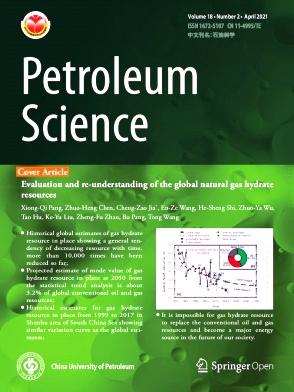Feasibility study of a process for the reduction of sulfur oxides in flue gas of fluid catalytic cracking unit using the riser reactor
IF 6
1区 工程技术
Q2 ENERGY & FUELS
引用次数: 0
Abstract
In this work, a new process for achieving the recovery of elemental sulfur by utilizing a fluidized catalytic cracking (FCC) riser reactor for SOx treatment (FCC-DeSOx) is proposed. The process leverages the high temperatures and hydrocarbon concentrations in the FCC riser reactor to convert SOx into H2S. Subsequently, H2S, along with the cracked gas, is processed downstream to produce sulfur. Thermodynamic analysis of the key reduction reactions in the FCC-DeSOx process revealed that complete conversion of SOx to H2S is feasible in the dry gas (hydrogen-rich) prelift zone, as well as the upper and lower zones of the riser, upon achieving thermodynamic equilibrium. Experimental studies were conducted to replicate the conditions of these reaction zones using a low concentration of hydrogen gas as the reducing agent. Through process optimization, investigation of the minimum reaction time, and kinetic studies, the potential of this method for the complete reduction of SOx was further confirmed.
求助全文
约1分钟内获得全文
求助全文
来源期刊

Petroleum Science
地学-地球化学与地球物理
CiteScore
7.70
自引率
16.10%
发文量
311
审稿时长
63 days
期刊介绍:
Petroleum Science is the only English journal in China on petroleum science and technology that is intended for professionals engaged in petroleum science research and technical applications all over the world, as well as the managerial personnel of oil companies. It covers petroleum geology, petroleum geophysics, petroleum engineering, petrochemistry & chemical engineering, petroleum mechanics, and economic management. It aims to introduce the latest results in oil industry research in China, promote cooperation in petroleum science research between China and the rest of the world, and build a bridge for scientific communication between China and the world.
 求助内容:
求助内容: 应助结果提醒方式:
应助结果提醒方式:


